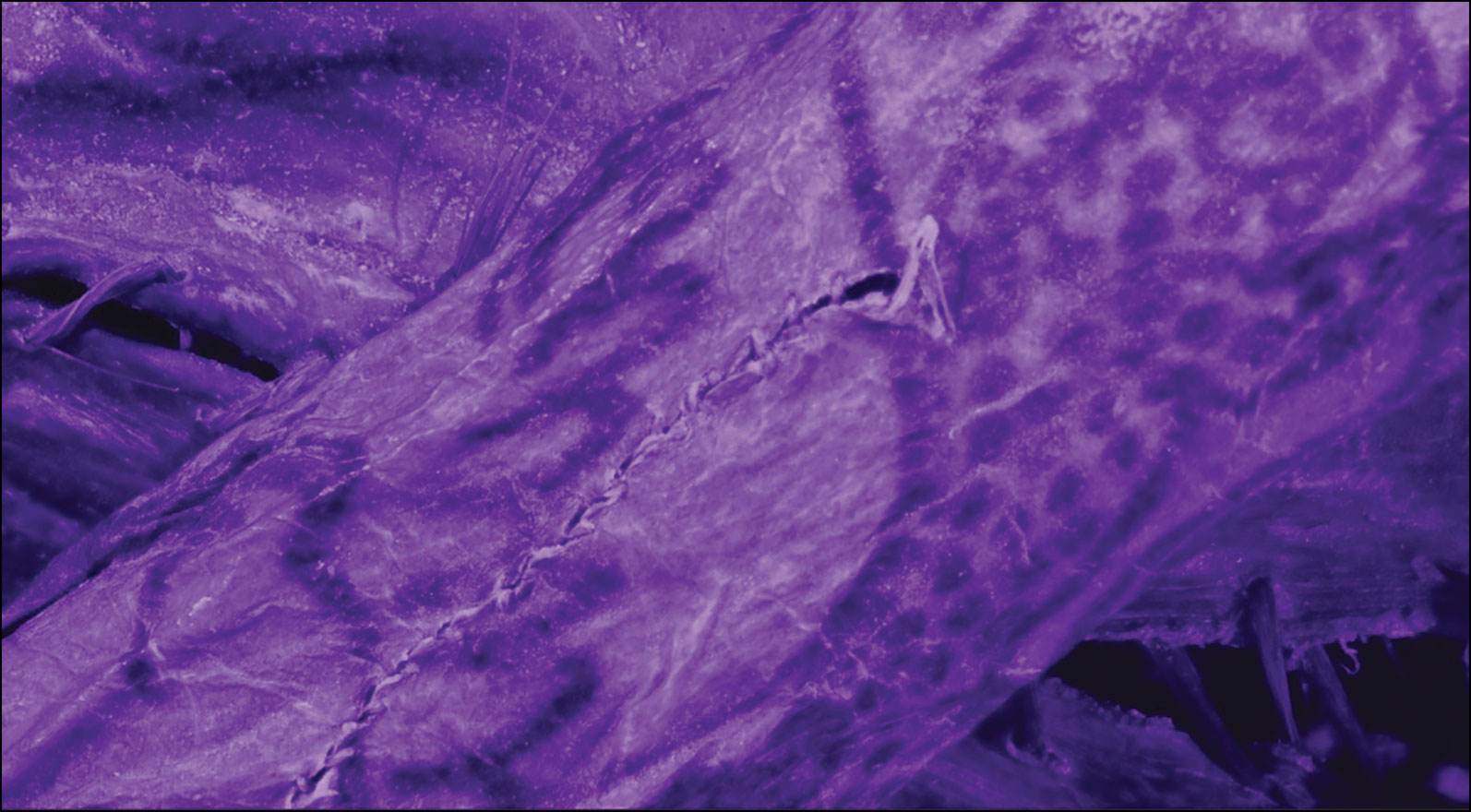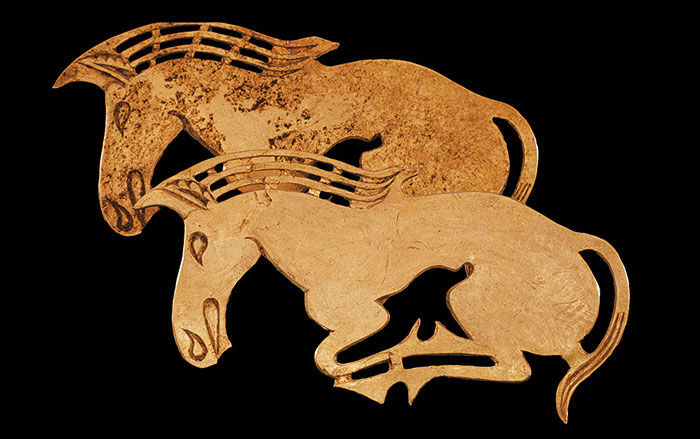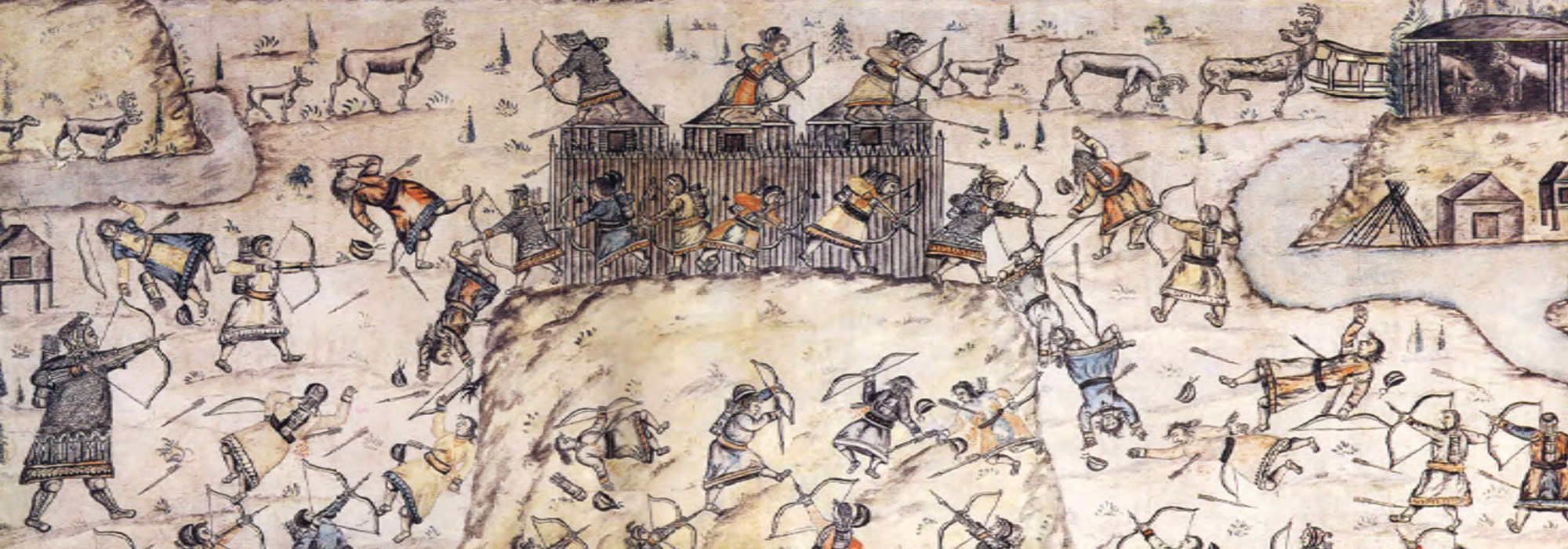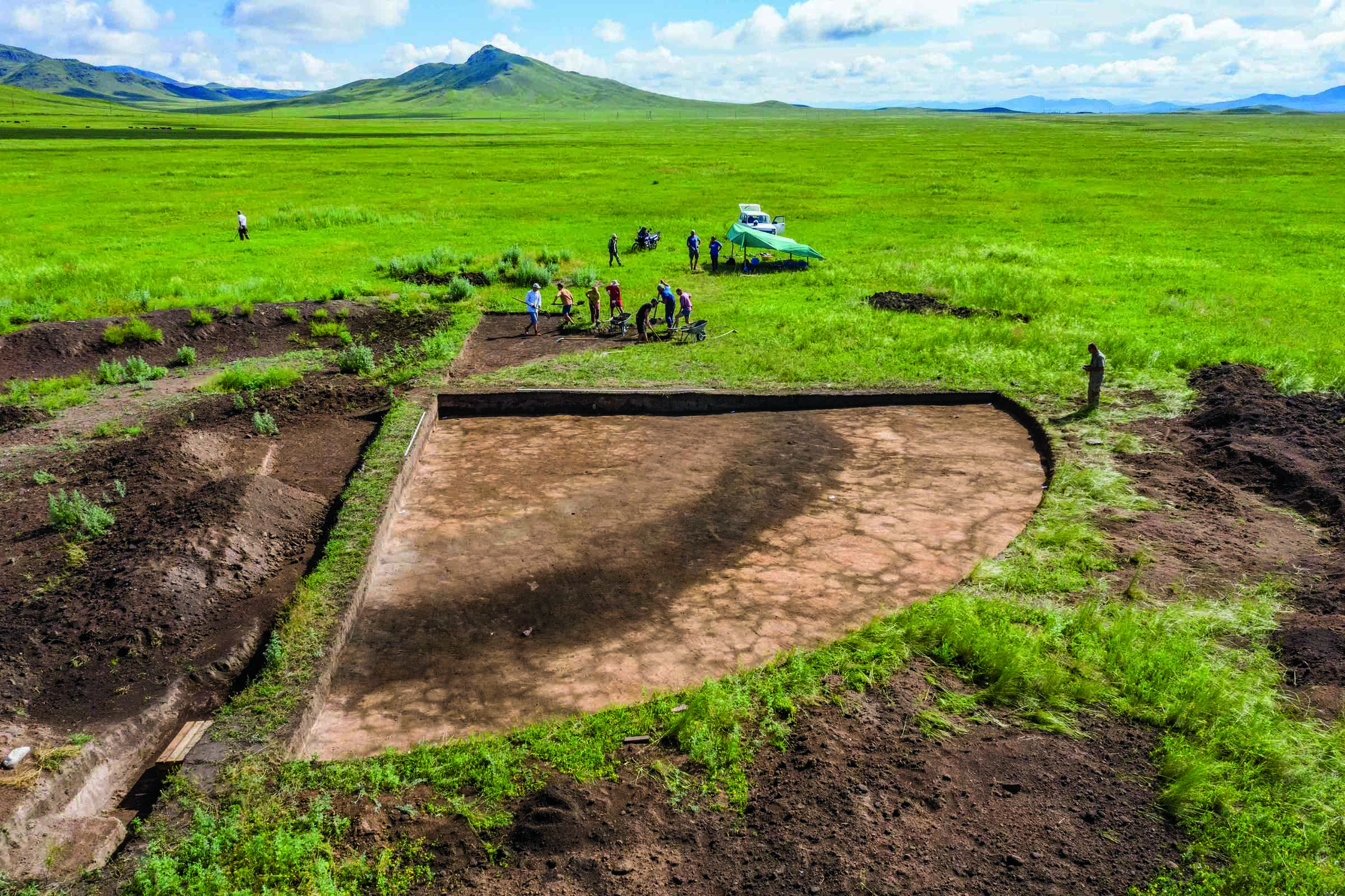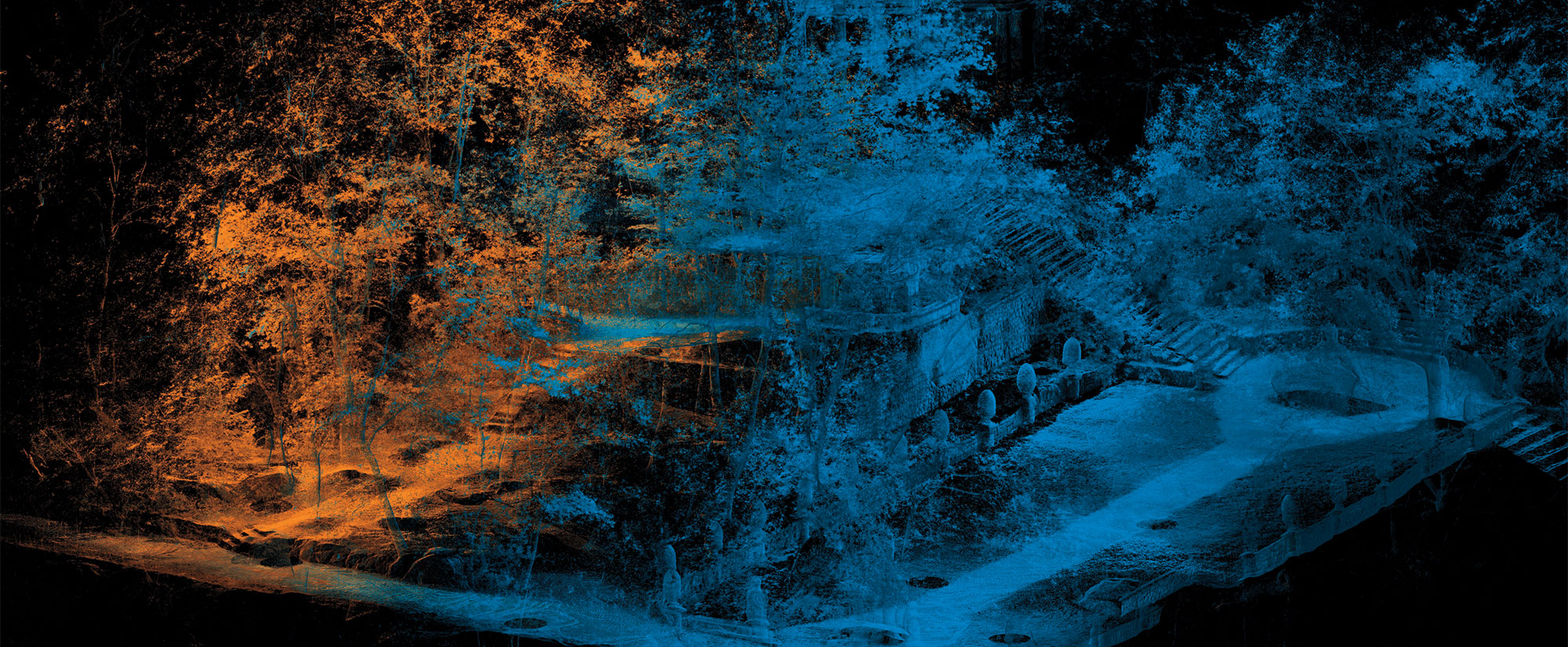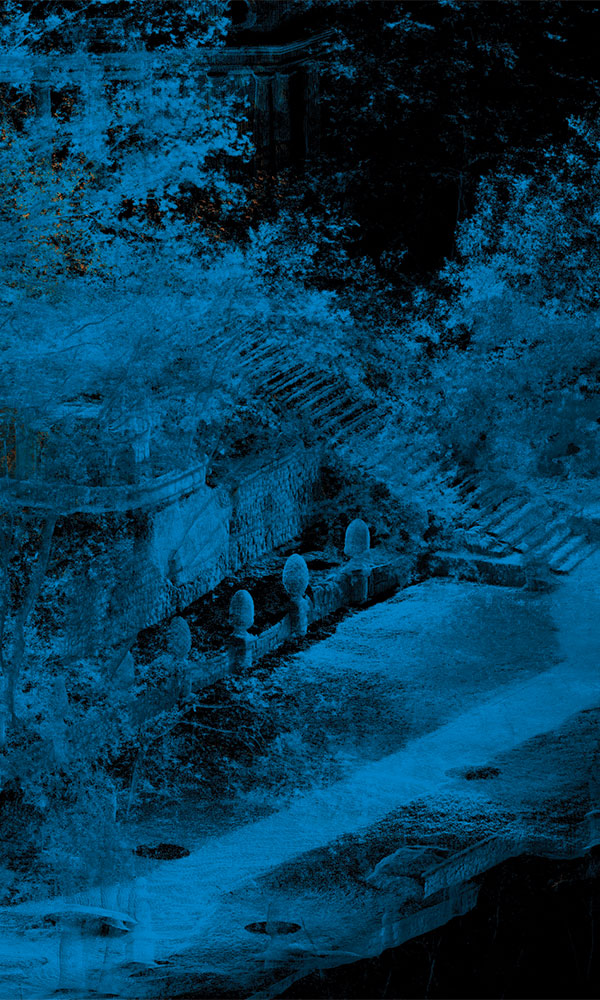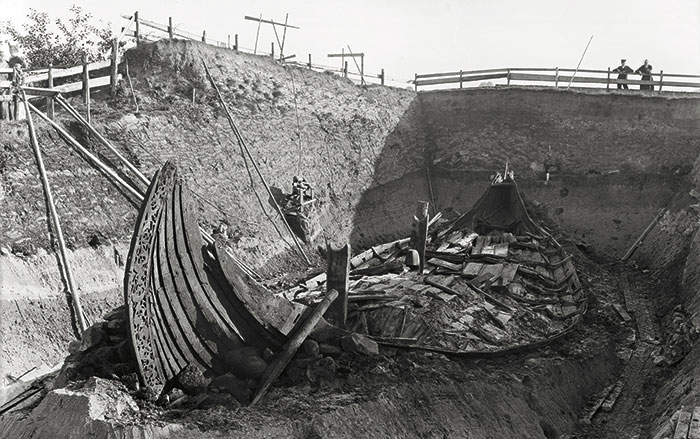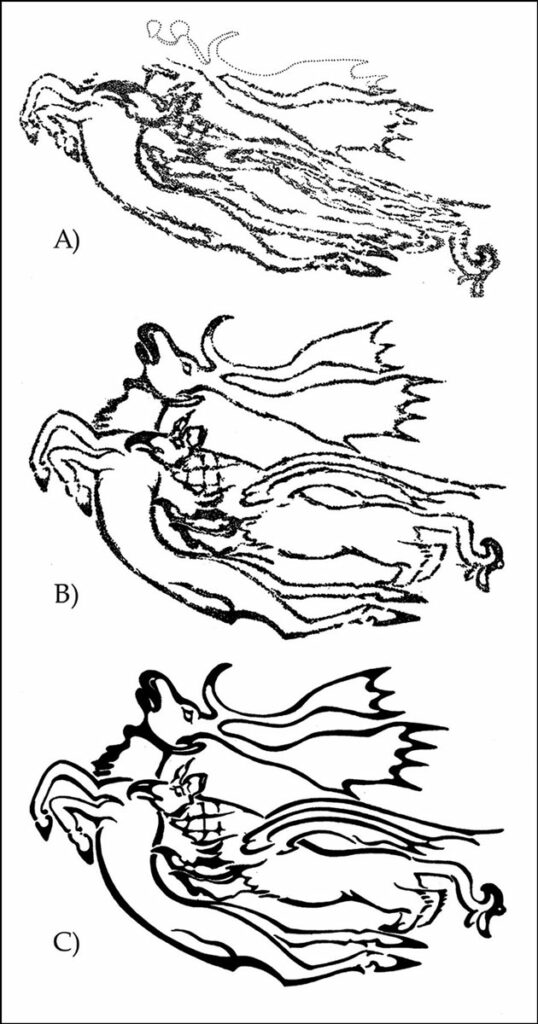
ST. PETERSBURG, RUSSIA—BBC reports that new high-resolution imaging of a 2,500-year-old “ice mummy” held in the collection of the Hermitage Museum revealed a series of never-before-seen tattoos. The remains of the 50-year-old Pazyryk culture woman was first discovered in Siberia’s Altai Mountains in the nineteenth century, but archaeologists were unaware of her body art until recently. Modern scanning revealed that she had several intricately designed and executed images that even modern tattoo artists would find challenging to reproduce. The woman’s right arm featured images of leopards and deer, while her left arm displayed a scene of a stag fighting a griffin, a mythical hybrid creature with the body of a lion and the head and wings of an eagle. According to the report, images of battle scenes between wild animals are typical of the nomadic horse-riding Pazyryk people, who inhabited the vast steppe between China and Europe. Experts believe that the tattoos were made using a needle-like tool made from animal bone or horn and that the pigment was likely produced from burnt plant material or soot. The quality of the artwork differed slightly between the two arms, indicating that perhaps two different artists created the tattoos. “Back in the day, it was already a really professional practice where people put a lot of time and effort and practice into creating these images and they're extremely sophisticated,” said researcher Gino Caspari of the Max Planck Institute of Geoanthropology and the University of Bern. Read the original scholarly article about this research in Antiquity. For more on Pazyryk tattooing practices, go to "Ancient Tattoos: Iron Age Mummy."


